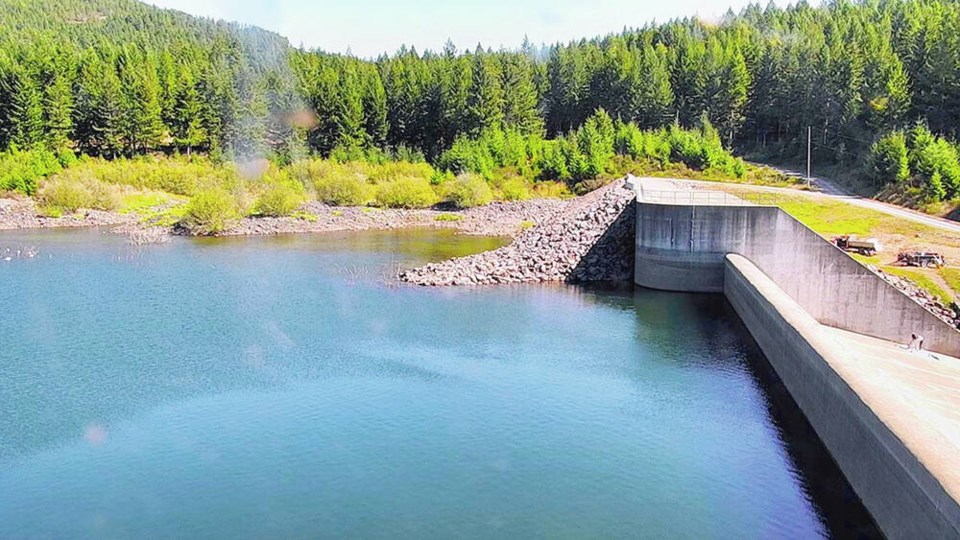Dry conditions through the fall last year, followed by relatively low precipitation in March, could lead to drought around the province, forecasters say.
Many factors are at play but the weather over the next few months will tell the tale, with some areas of B.C. more susceptible to drought than others.
The northeast and the Kootenays are among those locations. Vancouver Island is less liable to run into issues related to factors like snow melt that can affect the water supply.
The snow pack in January was 82 per cent of normal around the province, 70 per cent of normal on the south coast and 62 per cent of normal on the Island.
The Sooke Lake Reservoir reached capacity in mid-March — something that usually happens in early January — while low river flow can affect fish stocks and the general availability of water for farms and other uses.
The impacts of the dryness over recent months are continuing, said Dave Campbell, head of the B.C. River Forecast Centre.
“We are seeing that groundwater has been reduced in a lot of areas on the Island because of this persistent dry weather.”
The average rainfall from Sept. 1 to April 9 in the capital region is 1,445.4 millimetres, while that period in 2022-23 brought just 930 mm — 64 per cent of average.
But recent periods of rain have helped the overall situation on the Island, Campbell said.
“We’ve had a little bit of a reprieve the last couple of weeks,” he said. “That’s made a really significant difference on the Island’s rivers.
“We’re not seeing the same low flow on the rivers around the Island.”
Along with that, the water levels on large lakes such as Sproat and Cowichan have gone up.
“So we’re seeing that rebound from the last few rainfall events,” Campbell said.
But some bodies of water in other regions have had issues, such as Harrison Lake, where water levels have approached historic lows.
Victoria resident Dorothy Chambers, of the group Salmon in the City, said people are keeping an eye on urban streams around the capital region due to low water levels.
“I’m concerned about Colquitz and Craigflower creeks,” she said. “From a salmon perspective, the water has got to be flowing high enough to keep the temperature down.”
Chambers said warm conditions combined with low flows keep eggs from hatching and kill salmon fry.
Predicting how the water situation will look later in the spring and into the summer is hard, Campbell said.
“It’s difficult to project out in terms of things because the weather is such a key driver.”
A succession of months with above-average rainfall would go a long way toward easing concerns.
“April’s been a little more normal,” Campbell said.
Rain will continue through much of this weekend, but conditions will change during the week with temperatures rising to the high teens and possibly more than 20 C by Friday.
Warmer days will continue for a while, said Environment Canada meteorologist Derek Lee.
“In terms of precipitation, warming can usually be associated with drier patterns,” he said.
According to a Capital Regional District report that looks at the longer term, climate change expected in the region will include increased rainfall — leading to a five per cent net increase in annual precipitation. Rainfall events will also be more intense, winter snowfall will become less frequent, temperatures will be higher throughout the year and there could be an increased variability of climate.
An increase in the number and severity of storms will add to the risk of sediment and organic material entering reservoirs and affecting water quality.
The expected higher temperatures, as well as summer droughts, could increase the risk of low oxygen levels at the bottom of reservoirs and trigger algal blooms that also affect water quality.
Die-offs of fish or other aquatic species could come about due to lack of oxygen or algal toxins, while higher evaporation and higher water demand could result in lower reservoir levels in summer.
>>> To comment on this article, write a letter to the editor: [email protected]



